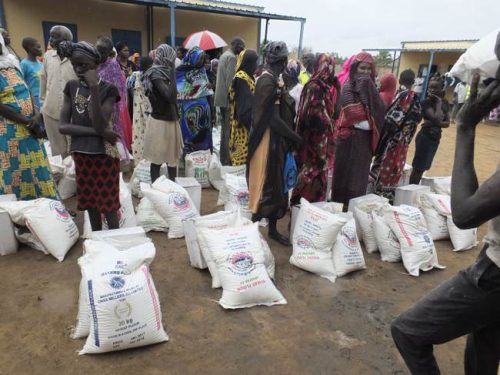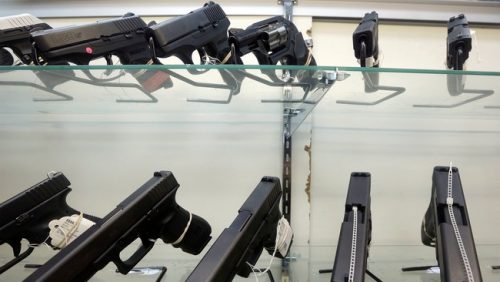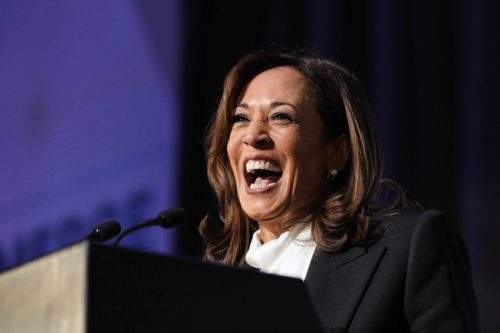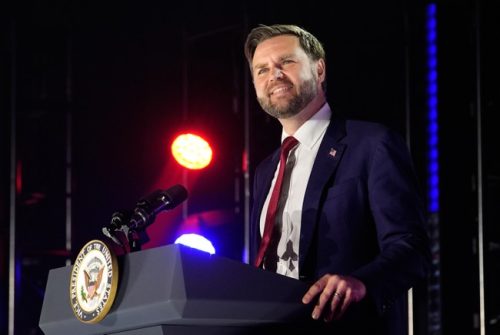The Pentagon has ordered new rapid-response National Guard units to handle riots and civil unrest, with plans calling for as many as 500 troops per state trained in nonlethal crowd control. This move follows direct White House direction and a tight timeline for setting up capabilities to back up local law enforcement. The story is framed as a public safety measure, and it is already drawing sharp reactions from the usual critics. The central fact is straightforward: more organized Guard capacity for domestic disturbances is coming, and it’s meant to be ready fast.
The new directive gives governors and commanders specific guidance on standing up quick reaction forces for domestic contingencies. That means units trained and equipped to move on short notice when lawlessness threatens public safety. From a law-and-order perspective, having a ready, disciplined force to support police isn’t controversial — it’s responsible. The alternative is waiting for chaos to worsen while officials scramble to respond.
The Pentagon has ordered the National Guard to create “quick reaction” forces in every state and territory by January that are trained and equipped to respond to riots and civil unrest within the U.S., according to internal Defense Department memos.
The riot control units are a major shift for the Pentagon, underscoring the Trump administration’s push to directly involve the military in responding to protests and other domestic missions that have been off-limits except in emergencies.
As many as 500 soldiers in each state or territory National Guard organization will be assigned to deploy in the U.S. on short notice and receive nonlethal training in crowd control, handling of detainees and use of batons, stun guns and body shields, according to the Pentagon directives.
President Trump directed Defense Secretary Pete Hegseth in August to set up the specialized units. The memos, which were sent to state Guard organizations as guidance for setting up the quick reaction forces, were reviewed by The Wall Street Journal. The Guardian previously reported the directives.
They indicate that the Pentagon is carrying out Trump’s order on a large-scale and expedited timeline.
“The Department of War will be prepared to immediately provide support to Federal, state and local law enforcement to address threats of civil disturbance,” Hegseth said in a Sept. 24 memo ordering the creation of the “National Guard Response Force” for “rapid mobilization as the circumstances require.”
Training those troops in nonlethal crowd control and detainee handling makes operational sense. Equipment like batons, stun devices and body shields are intended to limit fatalities while restoring order. That technical detail is important: this is about capability to control dangerous, chaotic scenes without escalating to lethal force. Voters who care about safety want measured, trained responses, not ad hoc improvisation.
Cities that experienced the worst unrest in previous years saw how quickly small disturbances spread into multi-day episodes of looting and violence. When local forces are overwhelmed, having a prearranged federal and state backup reduces the time criminals and mobs get to act unchecked. That’s the practical justification for keeping a trained pool of Guardsmen ready to deploy. Preparedness is prevention, and prevention protects citizens and property.
Critics will scream “militarization” and call expanded Guard roles a threat to civil liberties, and those arguments get repeated in predictable cycles. Still, the Constitution and long-standing law limit when and how federal forces can act domestically, and the Guard already answers to governors unless federalized. The policy under discussion is a targeted effort to support civil authorities, not to rewrite the rules of domestic command and control.
The memos sent to state Guard organizations spell out roles, timelines and coordination requirements, signaling a coordinated approach rather than a scattershot deployment plan. Having clear guidance helps prevent confusion between federal and state responders when seconds count. It also lets state leaders plan training and logistics so units are compatible with local law enforcement needs. Good coordination reduces friction and increases effectiveness if deployment becomes necessary.
January deadlines and explicit expectations for rapid mobilization put pressure on command chains to move quickly, but that urgency reflects a judgment that the nation should not be caught flat-footed again. Rapid reaction forces are meant to be a short-notice tool for stabilizing volatile situations. For citizens worried about safety, speed and preparedness are virtues, not vices.
Expect a political noise campaign from opponents, calling any enforcement of law “authoritarian” and predicting a rights nightmare. That theater shouldn’t distract from the core point: government exists to protect life and property, and responsible leaders plan for contingencies. The debate over tactics and oversight is legitimate, but it shouldn’t be allowed to hamstring basic readiness.
What matters now is clear rules of engagement, training standards, and civilian oversight so that these capabilities are used proportionally and legally. Officials should make sure standards are transparent and that governors retain appropriate control over state Guard forces. Done right, rapid reaction units can be a stabilizing tool that keeps dangerous situations from escalating.






